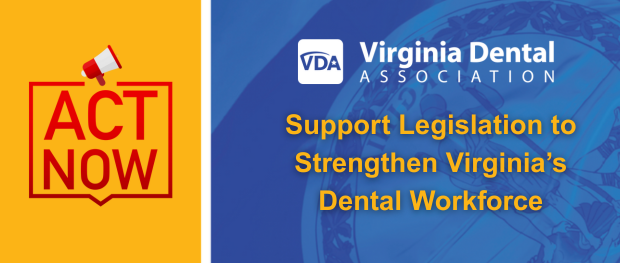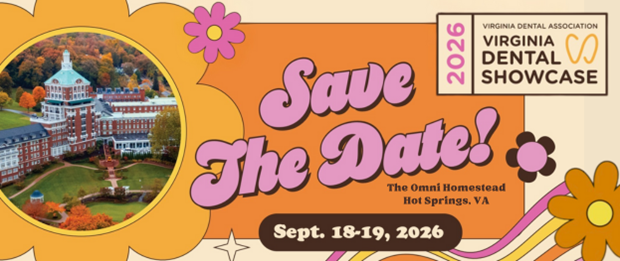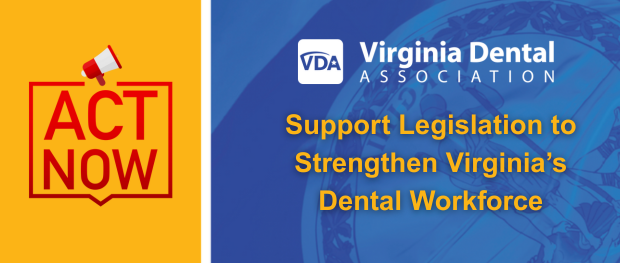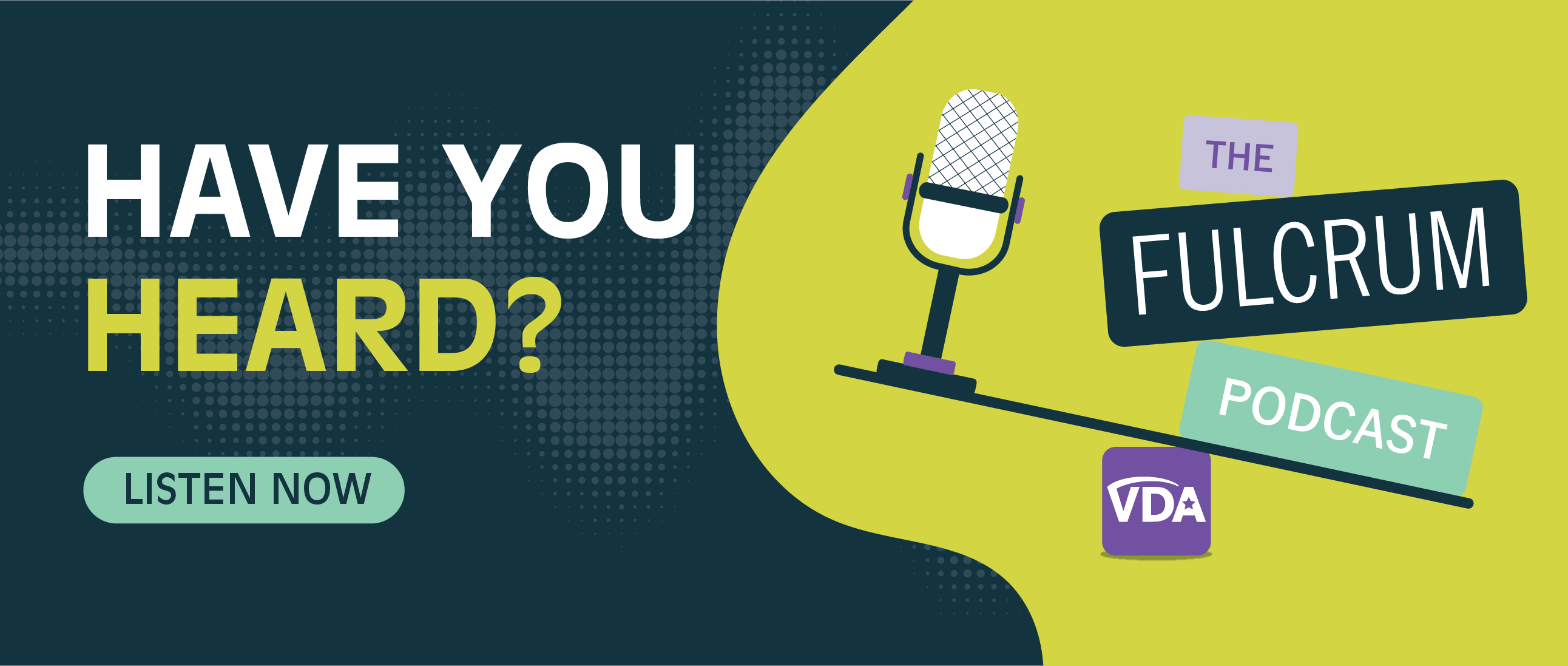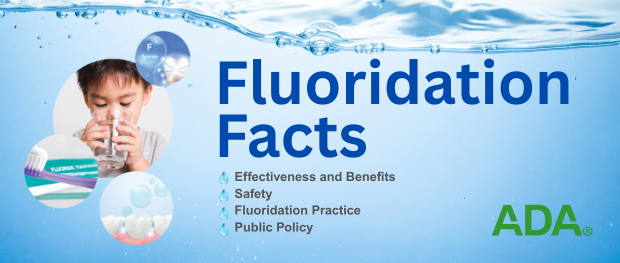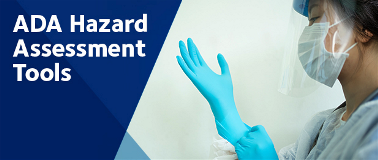
ADA recovery task force releases hazard assessment guide, checklist
With a goal of reducing the risk of COVID-19 spread to dental team employees and their patients, the hazard assessment reflects recommendations by the Occupational Safety and Health Administration’s Hazard Identification and Assessment, one of the elements in its Recommended Practices for Safety and Health Programs.
 Dr. Poteet |
The assessment involves several action items dentists should consider. These include collecting existing information about COVID-19 hazards from credible sources; inspecting the workplace for potential safety hazards; identifying health hazards such as the biologic threat of infection from COVID-19 and potential transmission; and conducting incident investigations.
“We worked hard to make this an easy to follow tool that will help the dentist identify ways to increase safety measures in the office,” said Dr. Sarah Poteet, task force member and chair of the Council on Communications. “We have been using this tool in my office to help my team recognize situations that would put them at increased risk of exposure and find ways to mitigate those risks.”
In the hazard assessment, dentists are asked 13 questions such as: Is the rate of COVID-19 cases decreasing in your area? Can the necessary treatment be accomplished with a short appointment (suggestion for short: 15-20 minutes)? Are there physical barriers between individual treatment rooms?
“Dentists are encouraged to repeat an assessment regularly, and track the data trends as conditions change during the pandemic period,” according to the assessment guide.
 Dr. Norbo |
Since its inception, the task force has been charged with oversight of resources created to help dentists as COVID-19 closure mandates abate.
The hazard assessment is the latest in a series of resources — from toolkits to webinars — the task force has produced in supporting dentists as they navigate the process of reopening their practices amid the COVID-19 pandemic.
The assessment assumes both staff members and patients have been screened as outlined in the ADA’s Return to Work Interim Guidance Toolkit, which the task force had designed to help dentists return to more normal practice operations while taking precautions to protect the dental team and patients from COVID-19 as some states reopen — with response surpassing expectations.
The hazard assessment guide and checklist will be a great complement to the Return to Work toolkit, said Dr. Kirk Norbo, task force co-chair.
“The purpose of this hazard assessment is to help members decide what course of action is required to treat each of their patients on a case-by-case basis,” said Dr. Norbo, adding that the task force’s intention is to provide a guide that will help with maintaining a safe work environment by selecting appropriate PPE and management of the dental facility.
“If the hazard assessment is carried out properly, this will create a safe workplace and minimize the risk of exposure of [dental health care personnel] to the SARS-CoV-2 virus,” Dr. Norbo said.


